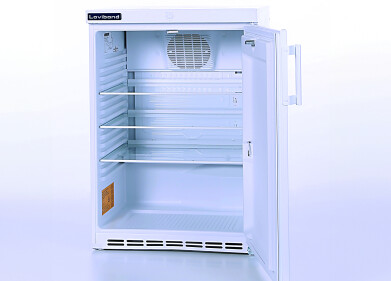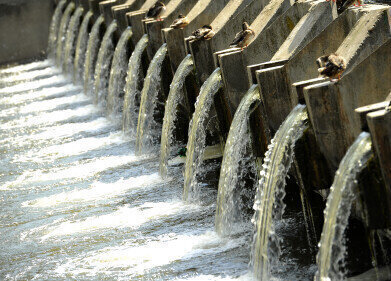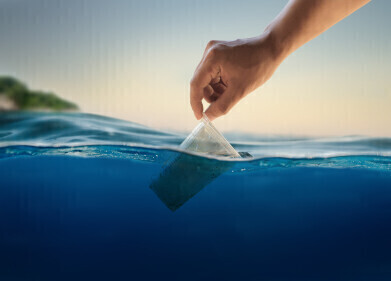Drinking water
What Is Recycled Wastewater?
May 07 2015
Technically, all water that we use for drinking, washing and cleaning is recycled. The majority of water which drains down our plugholes is either sent directly to be used in irrigation systems for watering green areas around cities and towns, or is first treated in a wastewater facility centre before being used for irrigation.
However, even water which finds its way back to the sea will eventually be evaporated into the atmosphere, where it will form clouds and return to the Earth via precipitation. Therefore, all water on Earth comes from a finite supply which is constantly replenishing itself. Of course, this system takes considerable time to complete a cycle, and the rising demands for water to accommodate our ever-expanding population demands that we speed it up through the use of wastewater treatment plants. The importance of maintaining wastewater quality has been outlined at length by Guy Forrest-Hay, though it should be fairly obvious in any case.
Recycled Wastewater as Potable Water?
Traditionally, wastewater has simply been used for irrigation purposes, not to replenish drinking water supplies. Indeed, a 1998 report by the US National Research Council advised that recycled wastewater only being used for drinking purposes “as a last resort option”.
However, with a population boom and prolonged periods of drought in areas such as California, governing bodies have been looking at ways in which we can recycle wastewater to the extent that we can drink it. Technology has advanced to the point where such a scenario is not only feasible but even possible; in 2012, the same American body mentioned above recommended that recycled wastewater could provide a significant proportion of the country’s drinking needs.
Now, mayors from Silicon Valley have taken the first landmark steps in trying to make that dream a reality. In a bid to alleviate the water shortages brought on by California’s lengthy drought, the mayors of San Jose and Santa Clark have appealed to citizens of the Valley to accept wastewater as a potable source.
The pair were filmed drinking recycled and treated sewage water in a publicity stunt for an upcoming $800 million expansion project of the county’s wastewater facilities. Officials are hopeful that recycled wastewater can provide up to 20% of their drinking water requirements by 2025.
Cleanliness is Godliness
First and foremost, the public safety must be ensured by maintaining impeccable levels of cleanliness in reservoirs and lakes where potable water is stored. Often, the cleanliness of such reserves can be endangered by flooding, which washes bacteria and dirt into the pure water and contaminates it.
Fortunately, there are various schemes in place to counteract the harmful effects of agricultural run-off and floodwater. The article The Best Way to Clean Up Flooded Lakes and Reservoirs? looks at these techniques in more detail and stresses the need for their implementation.
As long as we ensure that the wastewater is recycled thoroughly, there is no reason why we can’t replenish our drinking water supplies with the reclaimed fluid.
Digital Edition
IET 35.2 March
April 2025
Air Monitoring - Probe Sampling in Hazardous Areas Under Extreme Conditions - New, Game-Changing Sensor for Methane Emissions - Blue Sky Thinking: a 50-year Retrospective on Technological Prog...
View all digital editions
Events
Apr 21 2025 Shanghai, China
Apr 22 2025 Hammamet, Tunisia
Apr 22 2025 Kintex, South Korea
Analytica Anacon India & IndiaLabExpo
Apr 23 2025 Mumbai, India
Apr 23 2025 Moscow, Russia



















